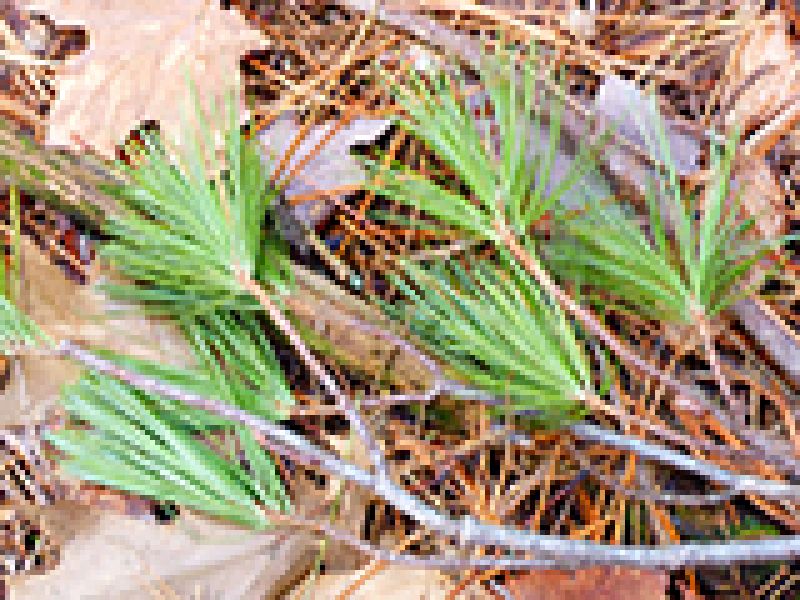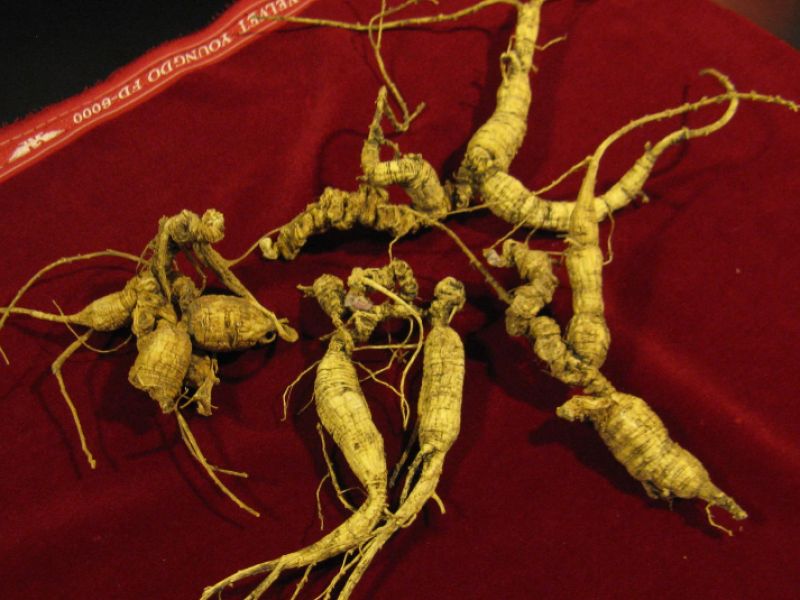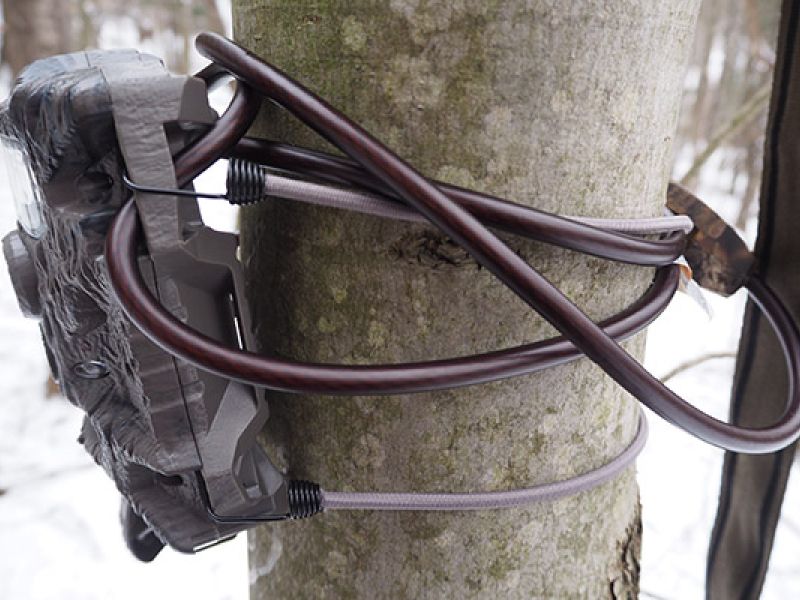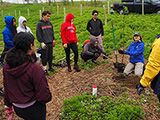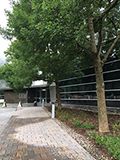My toddler continues to teach me lessons about nature. On a recent backyard playdate, she taught me not once, but twice.
My toddler continues to teach me lessons about nature. On a recent backyard playdate, she taught me not once, but twice.
We were on our way inside after playing. Bedtime was rapidly approaching. We were both tired. She needed a bath. All I wanted to do was get in the house and start our evening routine.
Then she saw the moss.
We have this short brick wall at the back of our patio. Scattered moss patches grow on top of it. I ignore them, since they’re small and don’t seem to do any harm.
Not so for my two-year-old. She ran up to them and rubbed her hand on one. She giggled. “Soft!” she declared.
What else can I do in that situation? I felt the moss too. It reminded me of a shag carpet, dry and plush and, yes, soft.
This was lesson number one. How many times had I walked by that moss? But it actually felt pretty neat. It was soothing in a way, and an experience I didn’t have. I’d never taken the time to find out what moss feels like. My toddler taught me that she is much more observant than I am when it comes to nature. If I want to learn more about nature, I should try to be more like her and take notice of small things.
Lesson number two was an ethical challenge. I’ve visited lots of parks and forests, and they often have signs like “Stay on trails! Don’t touch!” So there was admittedly part of me that wondered whether I should allow my toddler to touch this moss. Might she “damage” nature?
I suppose it’s possible—especially when she accidentally grabbed a hunk of moss and ripped it from the brick. But there was something important going on in my toddler’s development. She was making a literally tangible connection to nature. She was laughing and enjoying the environment. I want to encourage that.
To be sure, there are places in nature that are vulnerable and need protection. Alpine meadows come to mind. The tiny plants that eke out an existence above tree line live so close to the line between life and death that any outside interference—even a single footstep—can kill them. But moss on a wall? Not in the same league.
And I would go further. I think in most cases, it’s fine to let kids touch and play in nature. Get them off the trails and exploring. In the end, if we want them to protect these places in the future, they need that physical connection with the outdoors. It may mean a few yanked-up mosses, but in their place will grow the future defenders of wild places. That’s even more important.
What are some ways you can encourage nature play in your kids and grandkids? Check out our MyWoodlot Family Friendly activities for some ideas.


